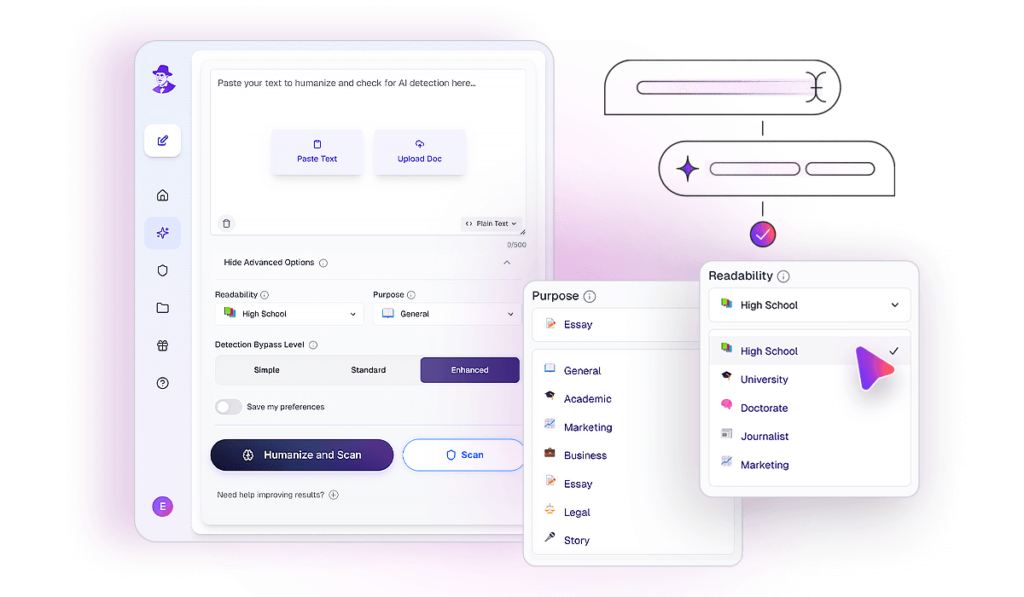Writing a strong essay isn’t just about getting your ideas across—it’s also about showing where your information comes from. That’s where learning how ti cite sources in an essay come in.
If you’ve ever wondered how to cite your sources the right way or how to steer clear of plagiarism, you’re not alone—and you’re in the right place. This guide walks you through it all, from different citation styles to easy, practical tips for keeping your work original and credible.
What Are Citations in an Essay?
Understanding the Purpose of Citations
Citations are your way of giving credit to the original thinkers whose ideas and information you’ve included in your essay. They show that you’ve done your homework and help build trust with your readers. Citing your sources honestly is a key part of academic integrity.
A well-cited essay basically tells your reader, “I’ve got the research to back this up.” It also makes it easier for others to check your sources or dive deeper if they’re curious. So, citations aren’t just about avoiding plagiarism—they actually make your writing stronger, more trustworthy, and more credible.
What Needs to Be Cited in Your Essay?
You should always cite when:
- You quote someone’s exact words. Even short quotes need quotation marks and a source.
- You paraphrase someone’s idea. Rewriting doesn’t make the idea yours—you still need to cite it.
- You use data, stats, or facts that aren’t common knowledge.
- You refer to a unique theory or concept. If someone else came up with it, give them credit.
If you’re unsure whether to cite something, it’s safer to cite it than risk accidental plagiarism.
How to Cite Sources Correctly in an Essay
Different Citation Styles & When to Use Them
Not all citation styles are the same. Here’s a quick guide to when and where they’re used:
| Style | Used In | Key Features |
|---|---|---|
| APA | Psychology, Social Sciences | Author-date, emphasis on year |
| MLA | Literature, Humanities | Author-page, focus on in-text clarity |
| Chicago | History, Arts | Footnotes/endnotes with bibliography |
| Harvard | Business, Social Sciences (UK) | Similar to APA but regional variations |
| IEEE | Engineering, Technology | Numbered references |
Check your school’s requirements before you begin writing.
In-Text Citations vs. Reference List Citations
Your essay should include two main types of citations:
- In-text citations go directly in your paragraphs. They’re short and help point to the full source. For example: (Smith, 2021).
- Reference lists come at the end of your paper. This is where you give full information about each source you used.
They work together—your in-text citations lead the reader to the details in your reference list.
Common Citation Mistakes & How to Avoid Them
Here are a few easy-to-miss mistakes to watch out for:
- Skipping citations for paraphrased content. Even if you reword something, the idea still belongs to someone else, so it needs a citation.
- Formatting errors. Every citation style has its own rules for punctuation, italics, and layout, and it’s easy to get them wrong.
- Relying too much on citation tools. Tools like EasyBib or Mendeley are super helpful, but they’re not perfect. It’s always a good idea to double-check everything yourself.
Taking a few extra minutes to review your citations before submitting can really pay off.
Methods to Avoid Plagiarism in Essays
Why Originality Matters
Plagiarism can happen by accident if you’re not careful. However, even accidental plagiarism can have serious consequences. Schools often use software like Turnitin or Grammarly to scan for unoriginal content. Getting flagged can mean losing marks—or worse.
But originality isn’t just about avoiding punishment. It’s about showing that you understand the topic and can express your own thoughts while building on the ideas of others.
Practical Ways to Prevent Plagiarism
Here are some simple ways to stay on the safe side when writing:
- Begin with your own understanding of the topic before looking at other sources—that way, your voice stays front and center.
- Take clear notes while researching. Mark what’s a direct quote, what’s a summary, and what’s your own thinking.
- Use quotation marks any time you use someone’s exact words.
- Cite as you go. Don’t wait until the end—you might forget where something came from.
- Keep a research log. It’s a great way to keep track of your sources and stay organized from start to finish.
How Paraphrasing Helps
Paraphrasing is a useful skill for avoiding plagiarism while still using information from your sources. But remember:
- True paraphrasing means rewording and restructuring, not just swapping out a few words.
- Always cite the source of the idea, even if it’s in your own words.
AI tools can help paraphrase, but it’s best to add a human touch. Your voice and tone should still come through clearly.
How Walter Writes AI Helps with Citations and Originality in an Essay

Walter Writes AI is your smart writing sidekick—built to help students, researchers, and professionals write with clarity and confidence. Here’s how it’s got your back:
- Paraphrasing helps that sounds real: Walter gives you suggestions that feel more natural and less robotic, so your writing flows like a human actually wrote it.
- Smoother, clearer sentences: It helps you polish your ideas so they’re easier to read—without changing what you’re trying to say.
If you’re using AI tools in your writing process, Walter Writes AI is a helpful second layer of review.
Improving Workflow and Originality

Writing a clear, well-organized, and original essay isn’t always easy, but that’s where Walter Writes AI can really help:
- It catches repeated phrases and overused words, so your writing feels fresh and engaging.
- It keeps your tone sounding human, blending AI support with your natural voice so nothing feels stiff or robotic.
- It speeds up editing and revising, letting you focus on your ideas while Walter helps smooth out structure and flow.
Final Thoughts: How to Cite Sources Correctly in an Essay
Learning how to cite sources isn’t just about staying out of trouble—it’s about writing with honesty and integrity. When you give credit where it’s due, you’re showing respect for other people’s work and laying a stronger foundation for your own ideas.
Plagiarism can happen by accident, but with the right habits—like citing properly, paraphrasing carefully, and using tools like Walter Writes AI—you can stay on track and keep your work original.
The best writers build on the ideas that came before them—the key is to do it the right way. Take time to learn how citations work, double-check your sources, and make sure your voice leads the way.
Need a writing boost? Try Walter Writes AI today and take the guesswork out of citations and originality.









